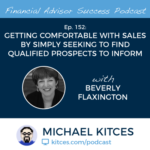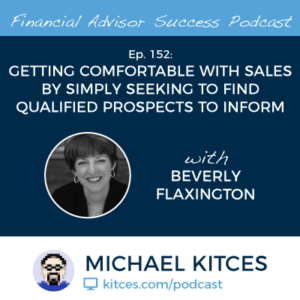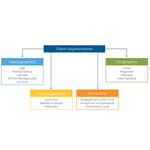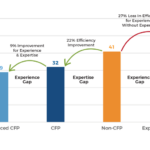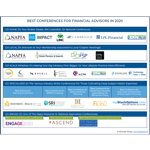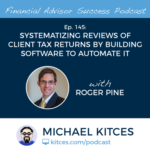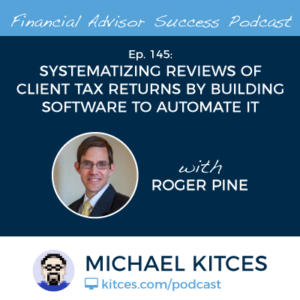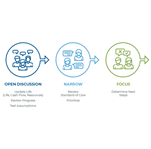
In recent years, the financial planning profession has seen a growing shift in the services that financial advisors offer to their clients. Whereas in the earliest years of the profession, advisors primarily provided clients with product-based offerings such as insurance, annuity, and investment products, the focus of many advisors today has shifted to service-based offerings around the ‘advice’ itself. Interestingly, though, the shift to service-based advice offerings continues to expand, past the ‘traditional’ realms of financial planning advice, as now more and more financial advisors find themselves playing the role of a financial “life coach” to their clients, focusing more on how their clients can develop their goals and establish the financial capacity to realize their dreams (and not ‘just’ recommending the products they’ll implement to get there), and going along with them on the journey to navigate the inevitable shifts and changes that come along the way.
In this guest post, Roger Whitney – Senior Financial Advisor of The Retirement Answer Man, and creator of his “Agile Retirement Management®” process – describes a new financial planning paradigm he calls “Agile Financial Planning” for advisors who want to help clients achieve their financial goals, versus simply creating a one-time financial plan for them. This new model is based on the Agile Manifesto developed in 2001 by a group of software engineers inspired to improve upon the rigid, process-driven “waterfall” style of project management traditionally popular at the time (and that continues to be used effectively today by large corporate businesses). The Agile approach is based on four primary values: 1) individuals and interactions over processes and tools, 2) working software over comprehensive documentation, 3) customer collaboration over contract negotiation, and 4) responding to change over following a plan.
Adapting the tenets of the original Agile Manifesto, Roger developed his own “Agile Financial Planning®” approach, a financial planning process focused on the same objectives of continuous improvement, team input, and a quality (advice) product, with five core principles aimed to help advisors create a high standard for client care: 1) Acceptance that uncertainty is natural and will/should create a need to update strategies for achieving goals; 2) Collaboration between advisors (with financial planning expertise) and clients (with expertise around what makes the most sense for their own lives and situations) in creating a plan will produce more successful results than if the advisor just creates the plan for the client themselves; 3) Flexibility allows for creatively responding to changes in the plan with effective solutions, 4) Prioritizing goals and resources around what’s most important and impactful (versus what might be most attractive but is actually just distracting) will lead to improvement in everyone’s life; and 5) Communication on a continual basis will keep the process moving forward and in alignment with the Agile Financial Plan, providing opportunities to accept and respond to uncertainties as they arise, collaborate, stay flexible, and prioritize.
The Agile Financial Planning process consists of four stages: 1) Feasibility (creating a high-level plan to prioritize clients’ most important goals); 2) Sustainability (analyzing resources to develop resiliency in the plan against market forces and life circumstances); 3) Optimization (choosing the strategies to implement to make the best use of resources when executing the plan); and 4) Iteration (staying in touch with clients to ensure they remain engaged in the process, and keep moving forward with goal-setting and implementation). In turn, clients move through these stages with frequent meetings that Roger refers to as “huddles” and “SMART sprints”. In this context, huddles are brief conversations that take place frequently, and serve to keep the advisor and client in touch with each other, in between the goal-setting SMART sprints – the strategy discussions that help the client determine their next SMART (Sustainable, Measurable, Actionable, Realistic, and Time-Bound) goal to prioritize and then “sprint” to implement. Because Agile Financial Planning is a never-ending project that focuses on managing change.
Ultimately, the key point is that an Agile-style financial planning approach offers a process for financial planners who have chosen to go beyond ‘traditional’ financial planning practices that rely on long, comprehensive, data-gathering meetings upfront, to develop a one-time financial plan that is not frequently (if ever) updated. Instead, Agile Financial Planners coach clients on developing multiple SMART goals over time, discussed through frequent huddles designed to keep clients both on track and, more importantly, engaged. Even though the advisor is responsible for managing the process, the process still depends on a dynamic, interactive relationship with participation by both advisor and client, relying on the advisor’s financial planning expertise, and the client’s intimate understanding of their own goals, abilities, and circumstances.



